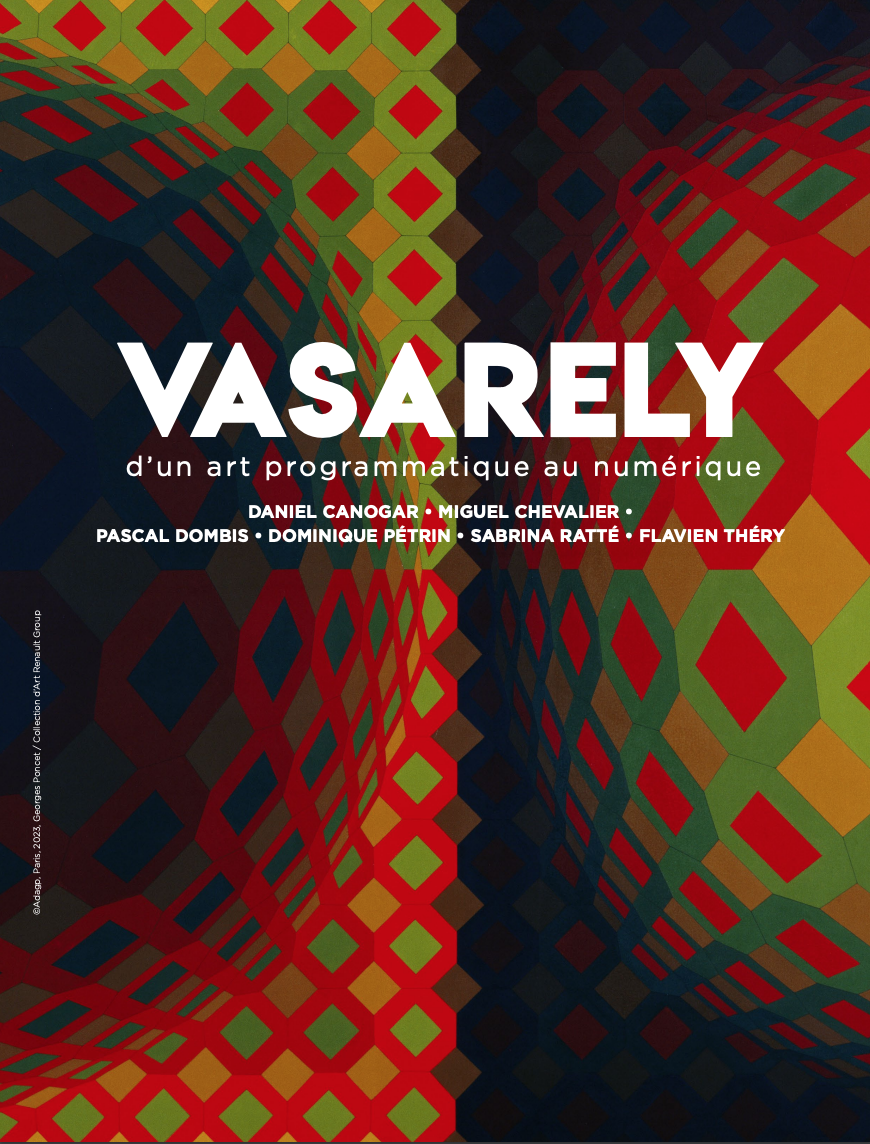Vasarely, d’un art programmatique au numérique
06/17/2023
Victor Vasarely (1906-1997) is one of the most famous painters of geometric abstraction in France and around the world. Consecrated by the Americans as the leader of Op art in the 1960s, and champion of the dissemination of images through multiples in the 1970s, Vasarely captivated the interest of his contemporaries and left a lasting mark on the history of art. From fashion to design, graphics to architecture, no discipline has escaped the influence of this advertising-trained visual artist. Among the broad spectrum of Vasarely's work, this exhibition presents a collection of studies, paintings and multiples that testify to his unfailing desire to produce and share art for an ever-growing number of people. At the time of the first computers, he proposed his Plastic Alphabet inherited from the Bauhaus, patented in 1959, combining simple shapes with primary colors and binary circle/square geometry, to develop a plastic language based on algorithms. His research prefigured what would later be known as Computer Art, as well as technologies such as augmented reality and 4D, now part of our daily lives, applied to cinema, virtual games and art alike. Six contemporary digital artists - Daniel Canogar, Miguel Chevalier, Pascal Dombis, Dominique Pétrin, Sabrina Ratté and Flavien Théry - have been invited to create a dialogue between their works and those of Vasarely, demonstrating the vitality of the plastic and technological research he initiated over seventy years ago.
Artists
- + Dominique Pétrin
- + Flavien Théry (represented by Galerie Charlot)
- + Sabrina Ratté (represented by Galerie Charlot)




